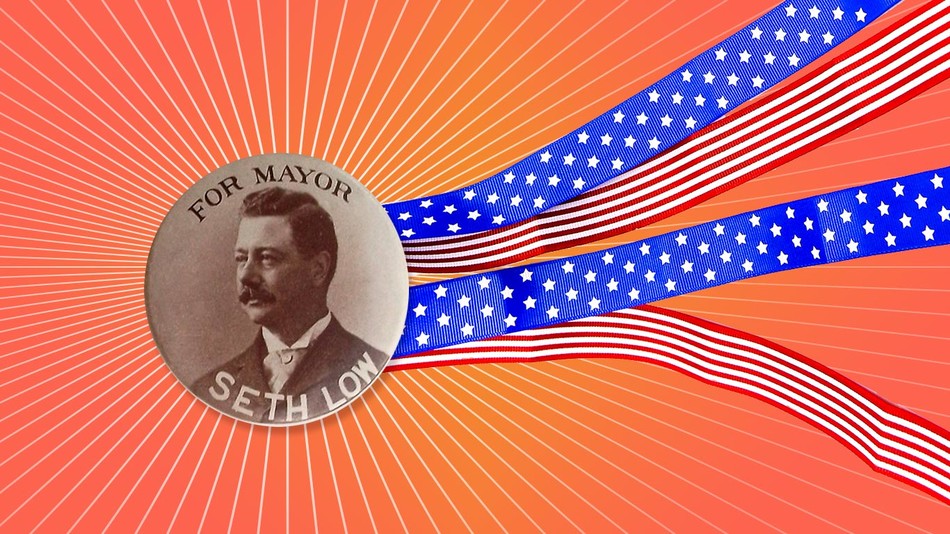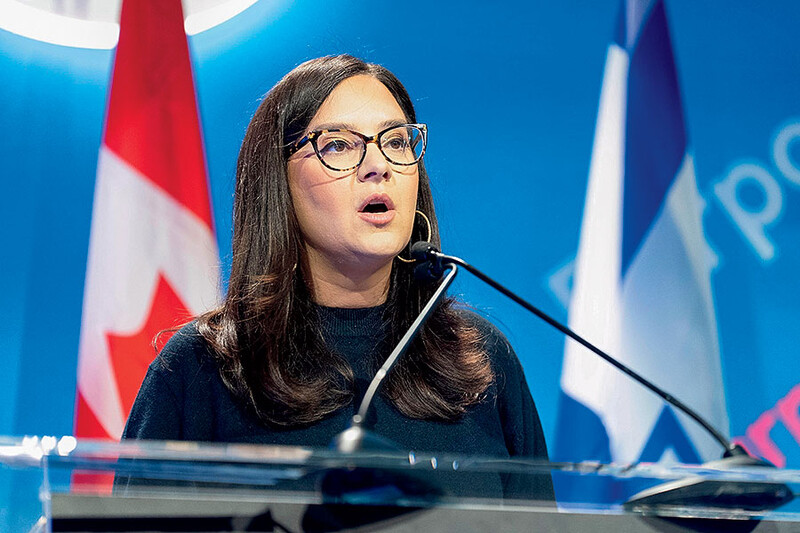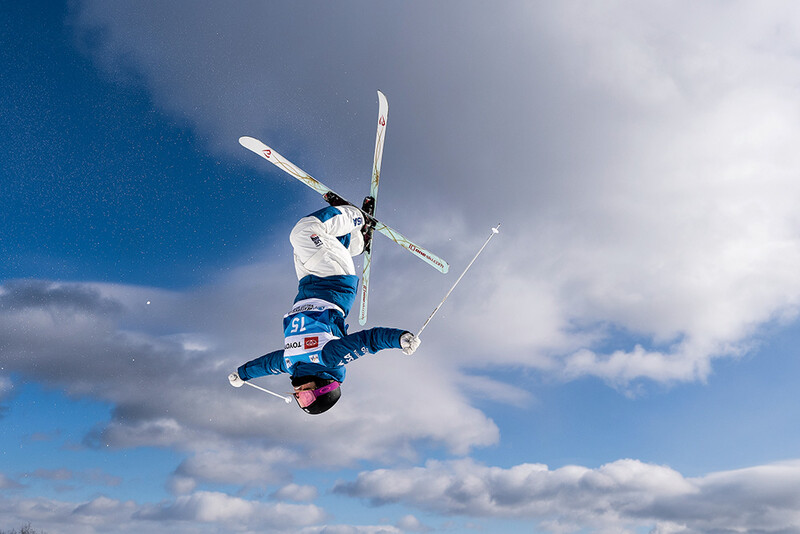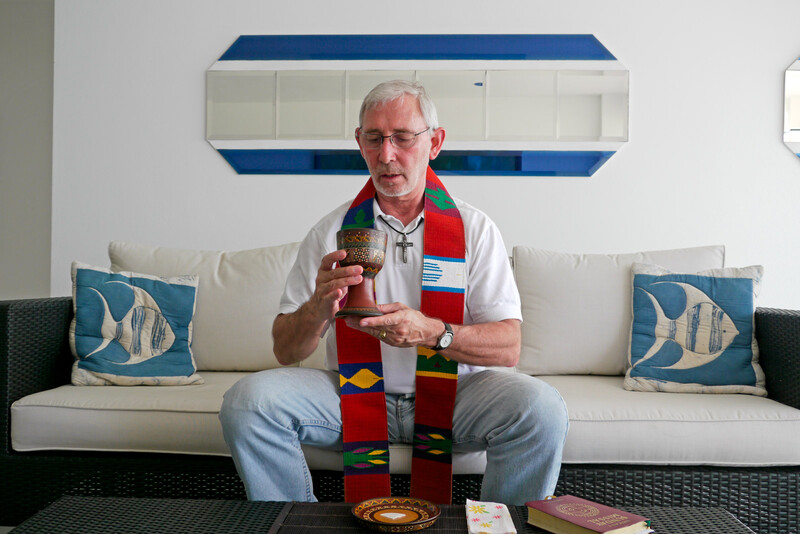What’s more Columbian than the mayoralty? The very first graduate of the newly reconstituted Columbia College (formerly King’s College), DeWitt Clinton 1786CC, became mayor of New York in 1803 (he established the city’s public-school system), and in 1886, Abram Stevens Hewitt 1842CC, 1887HON, a five-term congressman, defeated New York mayoral hopefuls Henry George and former state assemblyman Theodore Roosevelt 1899HON. Five other Columbians have presided over New York’s city hall, and many more have led municipalities across the country, from St. Paul to St. Louis, Trenton to Dallas, San Antonio to San Diego, Oakland to Seattle.
Today, Columbia graduates can be found leading US cities from coast to coast. Among them: Eric Garcetti ’92CC, ’95SIPA in Los Angeles; Daniella Levine Cava ’82SW, ’83LAW in Miami-Dade County; Steven Fulop ’06SIPA in Jersey City; Tim Kelly ’89CC in Chattanooga; André Sayegh ’00SIPA in Paterson, New Jersey; Drew Combs ’98CC in Menlo Park, California; and Stephen Schewel ’74GSAS in Durham, North Carolina.
On campus, former Philadelphia mayor Michael Nutter is the David N. Dinkins Professor of Professional Practice in Urban and Public Affairs at SIPA, his chair honoring the first Black mayor of New York, who served on the SIPA faculty for more than twenty-five years. And in this year’s New York mayoral race, candidates are vying to replace Bill de Blasio ’87SIPA.
John Lindsay, who held the office from 1966 to 1973, called the New York mayoralty “the second-toughest job in America.” That was never truer than in 1898, when the independent cities of New York (Manhattan)and Brooklyn, plus Staten Island, the Bronx, and parts of Queens, were consolidated into one giant metropolis. The first mayor to lead the new “Greater New York” was Robert Anderson Van Wyck 1872CC, a Tammany Hall favorite whose political career flamed out in 1901 in a stock scandal. Van Wyck’s successor was another Columbian — Seth Low 1870CC, 1914HON, the president of Columbia, who had also been mayor of Brooklyn in the 1880s.
Though competent and clean, Low served just two years as New York City mayor. But his legacy was already secure: in 1895, as Columbia president, he had personally donated a million dollars to construct Low Memorial Library, in honor of his father. That building would later become the administrative center — the domed and columned city hall — of the University he loved.
This article appears in the Fall 2021 print edition of Columbia Magazine with the title "Mayoral Musings."



